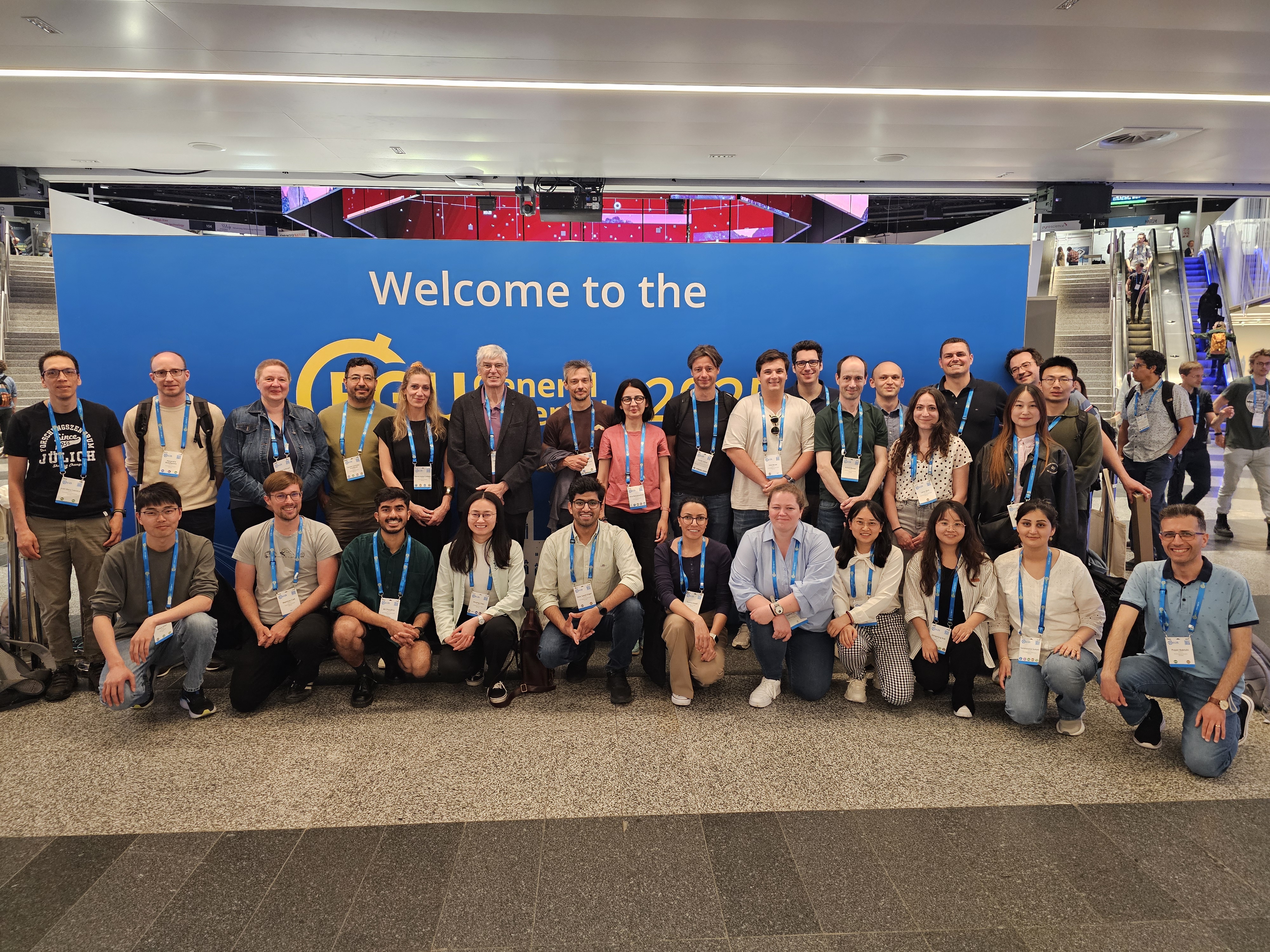I just came back from what felt suspiciously like a school trip. But instead of backpacks and lunch boxes, I packed poster and laptop. It was time for EGU 2025 in Vienna: Europe’s largest gathering of people who think talking about soil moisture over dinner is normal and pick-up lines such as: “Are you a flux tower? Because I have been observing your energy all day”, may actually work.
First of all, a few words on Vienna… The city is ridiculously beautiful. Between sessions, I wandered through cobblestone streets, drank extraordinarily good coffee, felt like a baroque prince, relaxed at the Donau beach, and tried perfect Wiener Schnitzel.
The conference itself was a brain-melting buffet of science. Picture thousands of brilliant minds packed into the Austria Center Vienna, frantically switching between sessions on climate change, carbon fluxes, or Martian dust storms. And yet, althought it was my first EGU somehow it all felt familiar. At times, it truly felt like a school trip: half the institute having lunch, dinner, or evening drinks together — we even had a group spreadsheet to figure out who was presenting in which sessions.
Scientific highlights? Too many to count. But among my personal favorites: a beautifully structured session on carbon storage (Tuesday) that started more like a philosophy seminar than a science talk. Several presentations quietly challenged the usual climate hero narrative—suggesting that carbon sequestration might be less of a climate mitigation silver bullet and more of a long-term investment in soil health and resilience and then did a deep dive into carbon storing processes from the global scale all the way down to olive groves in Greece.
In summary: 10/10. EGU 2025 was equal parts inspiring, chaotic, and hilarious. Vienna—thanks for having me. Now back to reality, where the coffee isn’t as good and the buildings do not casually look like imperial wedding cakes. However, science is calling and calculations have to be done.
 Photo: Dr. Marie-Isabel Ludwig
Photo: Dr. Marie-Isabel Ludwig